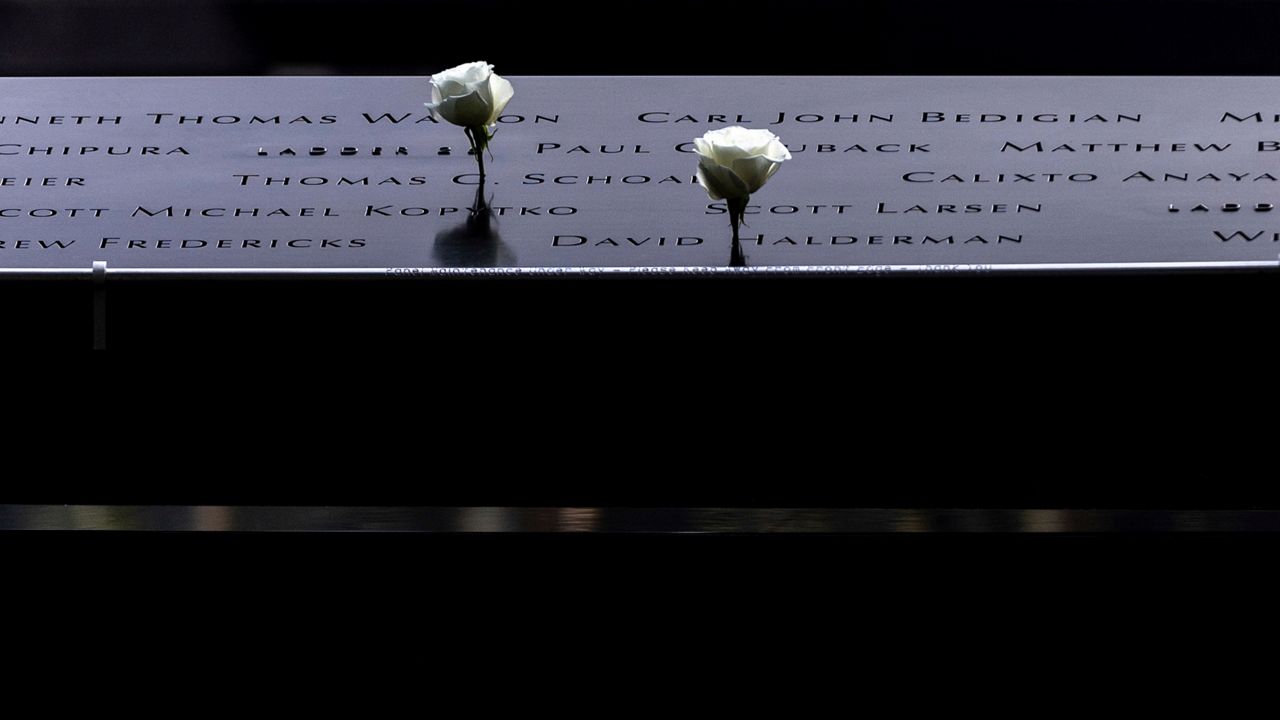FDNY Battalion Chief Orio Palmer is credited with repairing the fire department’s radio receiver and transmitting some of the only communication from inside the towers that day.
Palmer was among the first firefighters on scene that morning, making it all the way up to 78th floor of the South Tower right below the plane’s impact.
What You Need To Know
- In 2014, unidentified remains of 9/11 victims were moved to a repository located 70 feet underground within the structure of the 9/11 Memorial Museum
- The Chief Medical Examiner's Office operates the repository and continues trying to identify remains
- For years, some families of those who have not been identified have been fighting to bring these remains above ground
- OCME says the repository was opened with input from families in 2014, and supports the safe and dignified storage of remain
“He epitomized the heroism of everybody who was there that day who responded and gave their lives selflessly for others,” explained retired FDNY Lieutenant Jim McCaffrey, Palmer’s brother-in-law.
He spent many of his workdays and all of his off days at the pile, hoping he could bring Palmer home.
But on May 30, 2002, the recovery mission officially ended and Palmer was among more than 1,000 individuals never identified.
The radio receiver recordings from that day are all his family has of Palmer.
“Forty percent of the people who died down there have still had no recovery. Forty percent. That’s you know, a lot of people still grieve,” said McCaffrey. “Because people they’d like to have something that they could bury, that they could they could visit and they’d like to visit a tomb or a gravesite, as opposed to go into a museum where they’re selling trinkets.”
In 2014, the unidentified remains were moved to a repository located 70 feet underground within the structure of the 9/11 Memorial Museum.
It is closed off to the public and by appointment, loved ones can visit a reflection room to spend time with the remains.
For years, McCaffrey and other families of those who have not been identified have been fighting to bring these remains above ground.
They have written letters, filed lawsuits and contacted politicians across administrations to no avail.
“We think the human remains are not being correctly interred, being part of the museum. And we believe it should be separate and distinct at plaza level, something akin to the Tomb of the Unknowns, maybe,” he explained.
Some families have supported the relocation of the remains, but others want them to stay in the repository. The Medical Examiner’s Office operates the repository and continues trying to identify remains.
Retired FDNY Deputy Chief Jim Riches lost his son firefighter Jimmy Riches in the North tower on Sept, 11, a day before his 30th birthday. The medical examiner continues to call him, notifying him more of his son’s remains have been identified in the repository.
“Move them up to the grade level, where the waterfalls are. It’ll give more reverence to the site. Not just like a like a, you know, a place where tourists go,” said Riches.
He considers himself one of the lucky ones because he was able to find parts of his son’s body, allowing for a proper funeral and burial for his family.
Riches wants the identification work to continue, but in a more solemn location.
“It’s a tourist attraction now. Let’s bring reverence back to the site,” he said.
In a statement, a representative with the Medical Examiner’s Office said: “Opened with input from families in 2014, the private Repository supports the safe and dignified storage of remains while [Chief Medical Examiner’s Office] continues the effort to make identifications, as pledged to those who have suffered the loss of loved ones.”
On Friday, the Chief Medical Examiner’s Office announced two new identifications of victims. They are the first new identifications of the World Trade Center victims since September 2021.




 CGPKG Mn Perelman Performing Arts Center CG_127442650_471)
 CGPKG 911 SI POSTCARDS CG)
 Pkg 911 National Day of Service CG)
